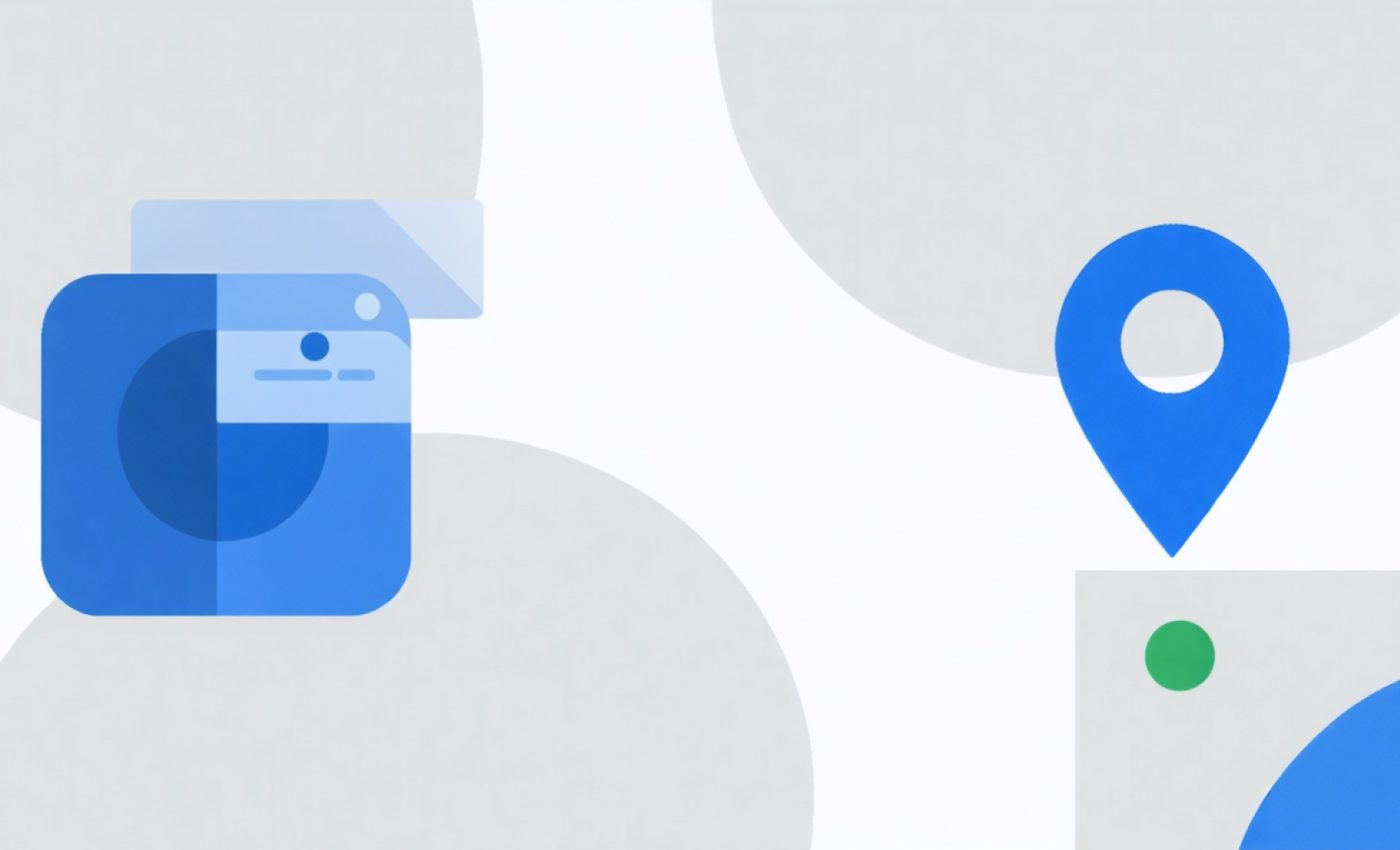- Google’s Find My Device network has drastically improved, now updating tracked items four times faster than its initial release.
- The improvements are due to enhanced Bluetooth scanning techniques, leading to faster and more efficient device tracking.
- User participation in privacy settings adjustments has increased, facilitating smoother network operations.
- Future enhancements might include support for Ultra-Wideband (UWB), potentially boosting tracking capabilities.
- While Google still seeks parity with Apple’s tracking performance and privacy balance, it remains committed to user control.
- The narrative of Google’s Find My Device underlines the significance of persistence and innovation in tech advancements.
Every tech enthusiast appreciates a good comeback story, and Google’s Find My Device network is crafting its own narrative. Initially overshadowed by its speedy competitors like Apple’s Find My and Samsung’s SmartThings Find, Google’s iteration dragged its feet in its debut. Critics and users alike lamented the sluggishness of finding tracked items, often leading to mishaps when important devices slipped out of reach. One user’s unfortunate test sent an Android tracker on a postal adventure, only for it to disappear into oblivion—an embarrassment for the budding service.
But the tech giant didn’t rest on its laurels. Through meticulous engineering and deep dives into their algorithmic toolset, Google has significantly altered the playing field. Now, the Find My Device network races to find and update tracked items four times faster than its initial rollout. Why the dramatic improvement? It’s all about the complex choreography of technology. Google’s initiative involved reprogramming the frequency and duration of Bluetooth scanning, ensuring a more fluid and timely communication between devices and their trackers. This engineering feat marks a pivotal leap toward efficiency.
Yet, there’s more at play here than just numbers. Users themselves have become an unwitting part of this performance upgrade. Prompted by app notifications, more individuals are embracing privacy setting changes, permitting the network to function seamlessly in all settings—not just the default high-traffic zones. This shift signals a growing acceptance and trust among Android users, aligning with Google’s vision for a balanced blend of privacy and functionality.
On the horizon, subtle hints suggest impending news about Ultra-Wideband (UWB) support, which could catapult Google’s tracking capabilities to a new pinnacle. While specifics remain shrouded in mystery, anticipation brims with possibility as the annual Google I/O event looms, often a breeding ground for groundbreaking announcements.
Despite these advancements, the quest for parity with Apple remains. The perennial tension between privacy and performance hangs in the balance. With Google’s principled choice to prioritize user control, it still grapples to achieve the same finesse in locating devices as its competitors. However, the once beleaguered service is now a dynamic contender, reflecting a steadfast commitment to operational excellence and user trust.
In a world increasingly driven by connectivity, the evolution of Google’s Find My Device network is a testament to the value of persistence, innovation, and user-centricity. As the narrative continues to unfold, one takeaway stands clear: Slow beginnings shouldn’t be judged too soon; remarkable journeys often start with humble steps.
Google’s Find My Device: The Remarkable Comeback You Can’t Ignore
The Evolution of Google’s Find My Device Network
Google’s Find My Device service has experienced a significant transformation, evolving from a lagging feature to a contender in the device-tracking industry. Initially criticized for its inability to quickly locate devices, Google has made substantial improvements to this service, positioning it as a formidable alternative to Apple’s Find My and Samsung’s SmartThings Find.
How Google Improved the Find My Device Network
1. Algorithm Enhancement: Google revamped its Bluetooth scanning frequency and duration, enabling faster communication between devices and their trackers. This change dramatically increased the tracking speed, making it four times faster than the initial version.
2. User Engagement: Through app notifications, Google encourages users to adjust privacy settings, enhancing the network’s efficiency. This collective user adaptation has improved the overall functionality.
3. Anticipated Ultra-Wideband (UWB) Support: There’s speculation about upcoming UWB support, which could further enhance tracking precision and introduce new features, elevating the service to match or surpass its competitors.
Real-World Use Cases
– Lost Devices: Whether a smartphone slipped beneath a car seat or a backpack left at a café, users can now rely on the enhanced network for swift recovery, minimizing panic and disruption.
– Family Tracking: Easily check the location of family members’ devices, bringing peace of mind, especially when managing schedules for children or elderly relatives.
The Market and Industry Insights
– Growing Market: The device-tracking industry is expanding, driven by an increasing demand for integrated solutions across various sectors, including consumer electronics and logistics.
– Trend Toward Unified Networks: Tech giants are pushing for interconnected, inter-brand networks, which could further push cross-platform compatibility and innovation.
Pros and Cons Overview
Pros
– Improved Tracking Speed: Users benefit from faster updates and a more reliable tracking service.
– User-Controlled Privacy: Google prioritizes user consent, enhancing trust and acceptance.
– Potential UWB Integration: This could provide accuracy and additional features that enhance user experience.
Cons
– Privacy Concerns: While improvements are evident, balancing privacy and performance remains a challenge.
– Competition: Current capabilities still trail behind established competitors, necessitating continual innovation.
Controversies and Limitations
– Privacy vs. Performance: Google’s emphasis on user privacy sometimes limits the real-time tracking potential achieved by competitors.
– Device Compatibility: As with all tech services, compatibility with older devices may remain limited, potentially excluding some users from benefits.
Recommendations and Quick Tips
– Regular Updates: Ensure your device’s software and apps are up-to-date to take full advantage of the latest enhancements.
– Settings Check: Regularly review and adjust privacy settings within the Find My Device app to optimize performance based on your comfort level.
– Stay Informed: Keep an eye on announcements from events like Google I/O for updates on new features and improvements.
For more information and updates on Google’s technological advancements, visit Google.
Embracing these practical strategies can enhance your device-tracking experience, transforming initial challenges into success stories within personal and professional domains.







